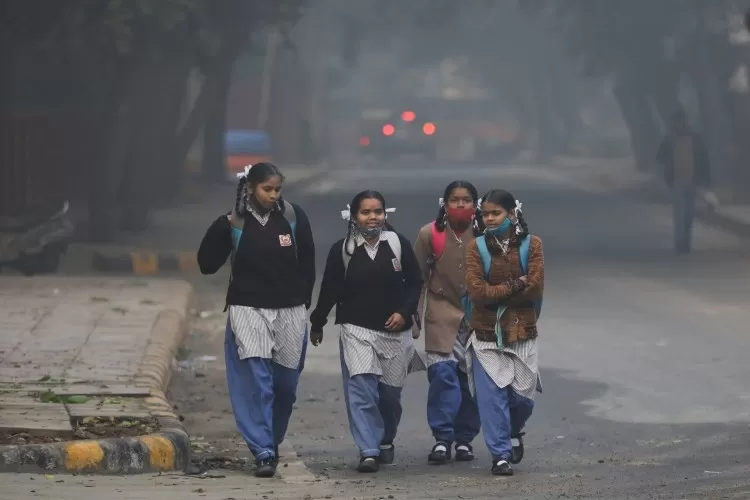
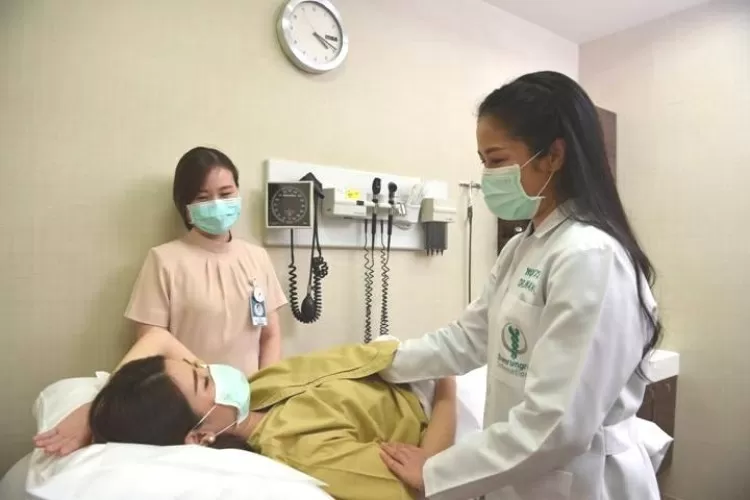






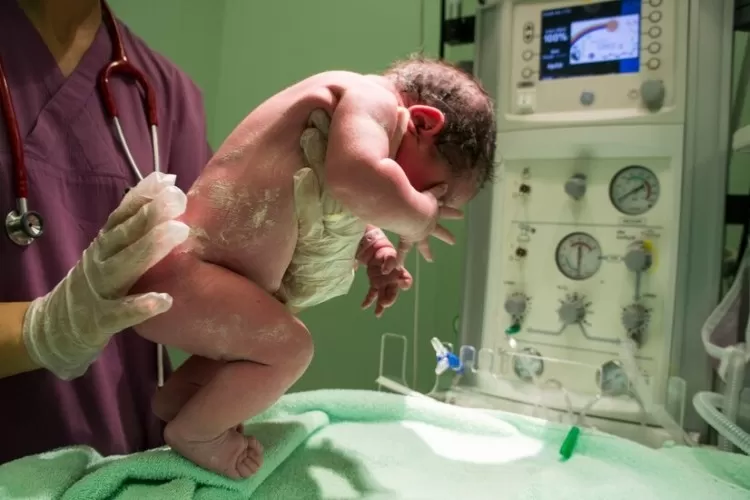




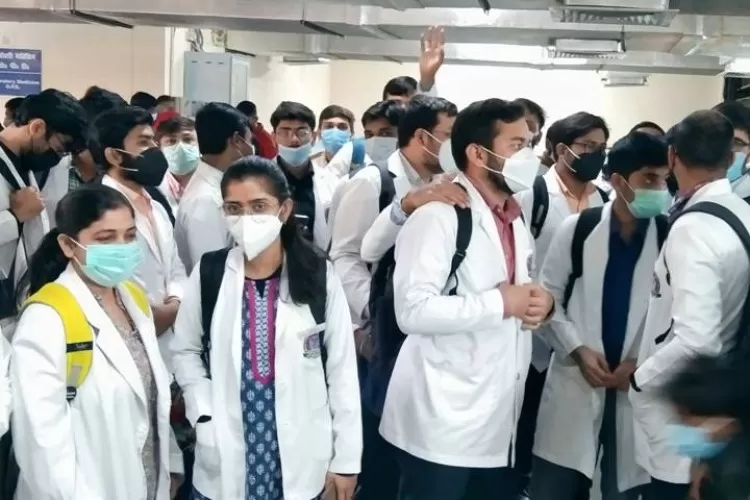
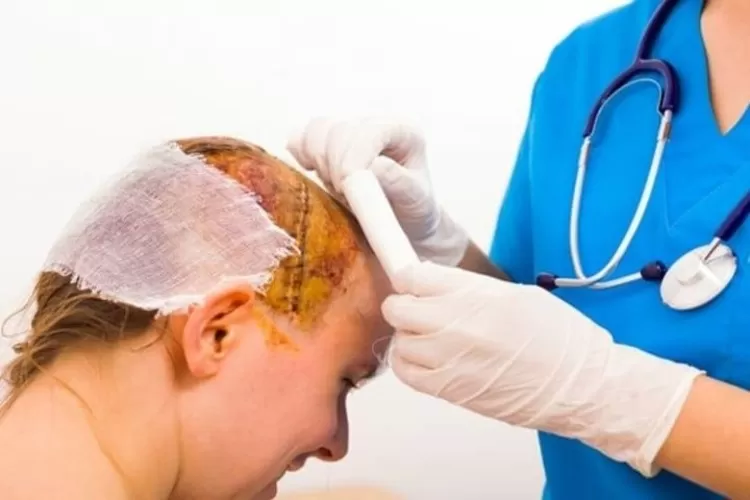



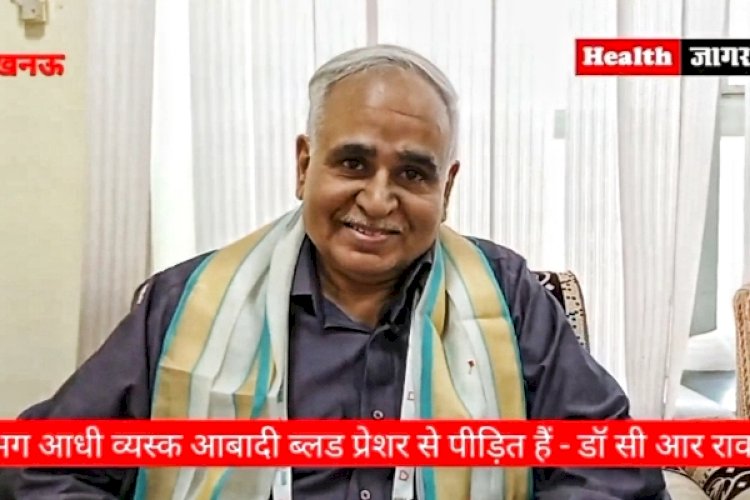


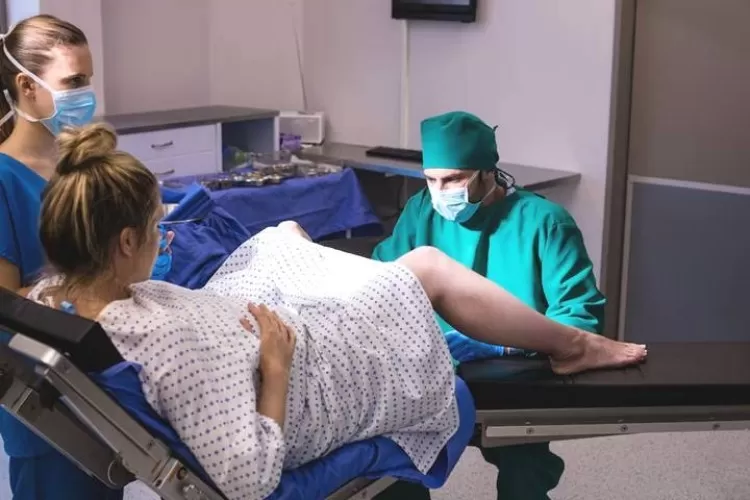











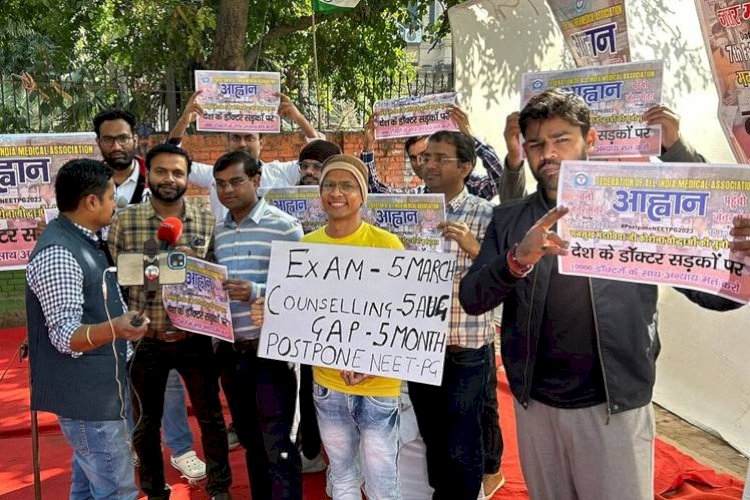

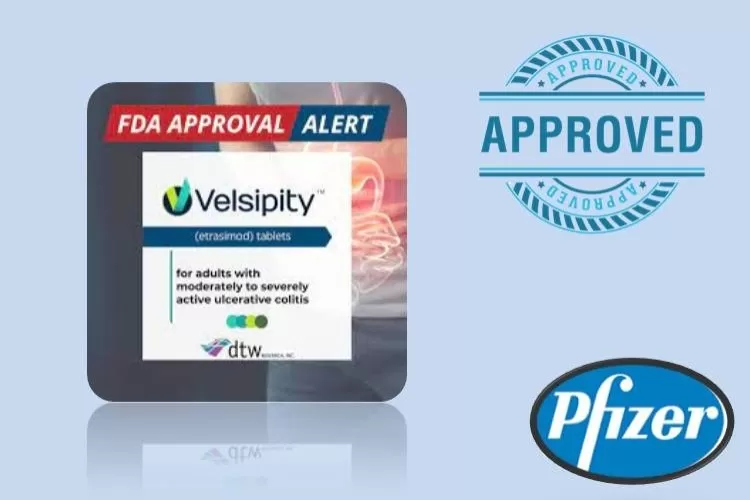










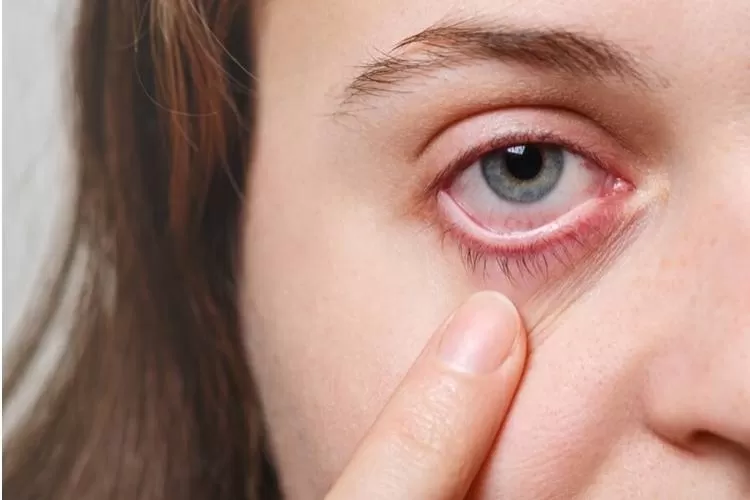
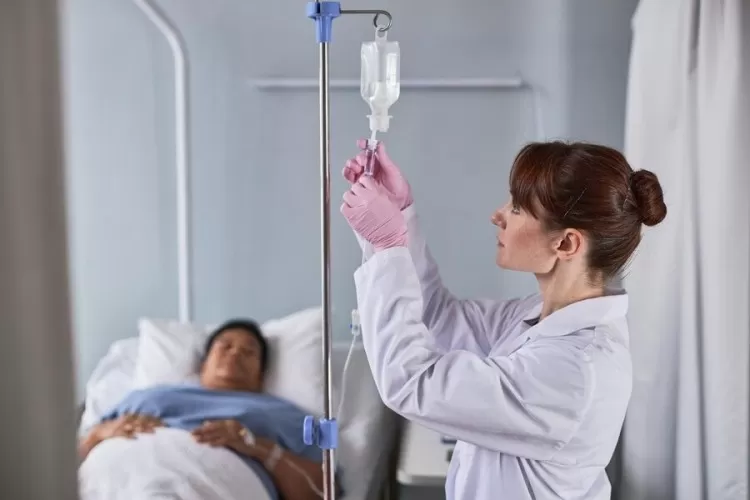


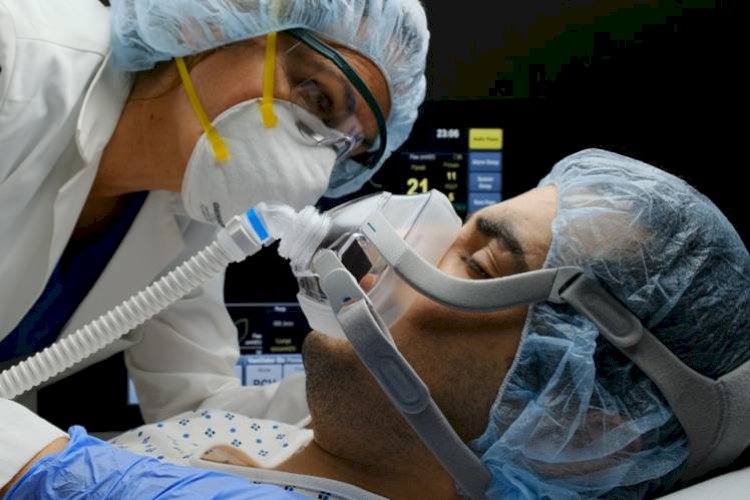 प्रतीकात्मक चित्र
प्रतीकात्मक चित्र
Objective: To determine the efficacy and safety of awake prone positioning versus usual care in non-intubated adults with hypoxemic respiratory failure due to covid-19.
Design: Systematic review with frequentist and bayesian meta-analyses.
Study eligibility: Randomized trials comparing awake prone positioning versus usual care in adults with covid-19 related hypoxemic respiratory failure. Information sources were Medline, Embase, and the Cochrane Central Register of Controlled Trials from inception to 4 March 2022.
Data extraction and synthesis: Two reviewers independently extracted data and assessed risk of bias. Random effects meta-analyses were performed for the primary and secondary outcomes. Bayesian meta-analyses were performed for endotracheal intubation and mortality outcomes. GRADE certainty of evidence was assessed for outcomes.
Main outcome measures: The primary outcome was endotracheal intubation. Secondary outcomes were mortality, ventilator-free days, intensive care unit (ICU) and hospital length of stay, escalation of oxygen modality, change in oxygenation and respiratory rate, and adverse events.
Results: 17 trials (2931 patients) met the eligibility criteria. 12 trials were at low risk of bias, three had some concerns, and two were at high risk. Awake prone positioning reduced the risk of endotracheal intubation compared with usual care (crude average 24.2% v 29.8%, relative risk 0.83, 95% confidence interval 0.73 to 0.94; high certainty). This translates to 55 fewer intubations per 1000 patients (95% confidence interval 87 to 19 fewer intubations).
Awake prone positioning did not significantly affect secondary outcomes, including mortality (15.6% v 17.2%, relative risk 0.90, 0.76 to 1.07; high certainty), ventilator-free days (mean difference 0.97 days, 95% confidence interval −0.5 to 3.4; low certainty), ICU length of stay (−2.1 days, −4.5 to 0.4; low certainty), hospital length of stay (−0.09 days, −0.69 to 0.51; moderate certainty), and escalation of oxygen modality (21.4% v 23.0%, relative risk 1.04, 0.74 to 1.44; low certainty).
Adverse events related to awake prone positioning were uncommon. Bayesian meta-analysis showed a high probability of benefit with awake prone positioning for endotracheal intubation (non-informative prior, mean relative risk 0.83, 95% credible interval 0.70 to 0.97; posterior probability for relative risk <0.95=96%) but lower probability for mortality (0.90, 0.73 to 1.13; <0.95=68%).
Conclusions: Awake prone positioning compared with usual care reduces the risk of endotracheal intubation in adults with hypoxemic respiratory failure due to covid-19 but probably has little to no effect on mortality or other outcomes.










एस. के. राणा March 06 2025 0 33855
एस. के. राणा March 07 2025 0 33744
एस. के. राणा March 08 2025 0 32301
यादवेंद्र सिंह February 24 2025 0 27084
हुज़ैफ़ा अबरार March 03 2025 0 23754
हुज़ैफ़ा अबरार March 20 2025 0 22755
 सौंदर्य
सौंदर्य
सौंदर्या राय May 06 2023 0 81684
सौंदर्या राय March 09 2023 0 86411
सौंदर्या राय March 03 2023 0 85986
admin January 04 2023 0 86814
सौंदर्या राय December 27 2022 0 75864
सौंदर्या राय December 08 2022 0 65545
आयशा खातून December 05 2022 0 119436
लेख विभाग November 15 2022 0 88912
श्वेता सिंह November 10 2022 0 105063
श्वेता सिंह November 07 2022 0 87458
लेख विभाग October 23 2022 0 72683
लेख विभाग October 24 2022 0 74789
लेख विभाग October 22 2022 0 81510
श्वेता सिंह October 15 2022 0 87786
श्वेता सिंह October 16 2022 0 82016
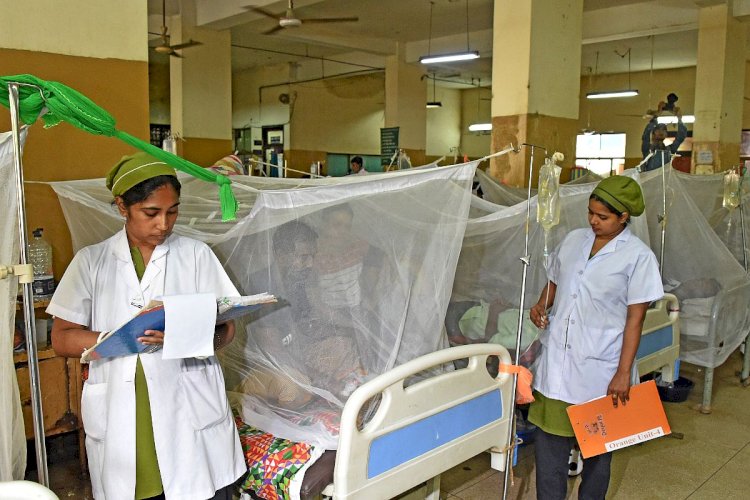
यूपी की राजधानी लखनऊ में पिछले 48 घंटों में डेंगू के कम से कम 12 नए मामले सामने आए हैं, जबकि 70 अन्य

स्वास्थ्य मंत्रालय के मुताबिक देश में अब तक 191.79 करोड़ से ज्यादा वैक्सीन की डोज लग चुकी हैं। इनमें
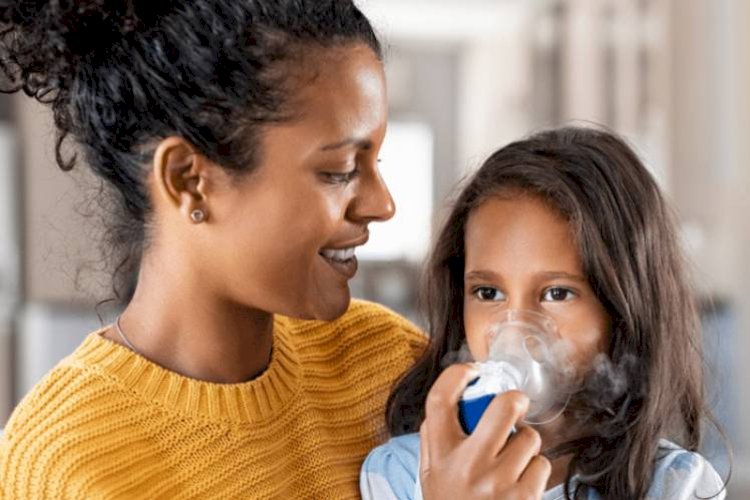
अनुसंधानकर्ताओं का कहना है कि सांस की पुरानी बीमारियां सार्वजनिक स्वास्थ्य के लिए बड़ी समस्या हैं और
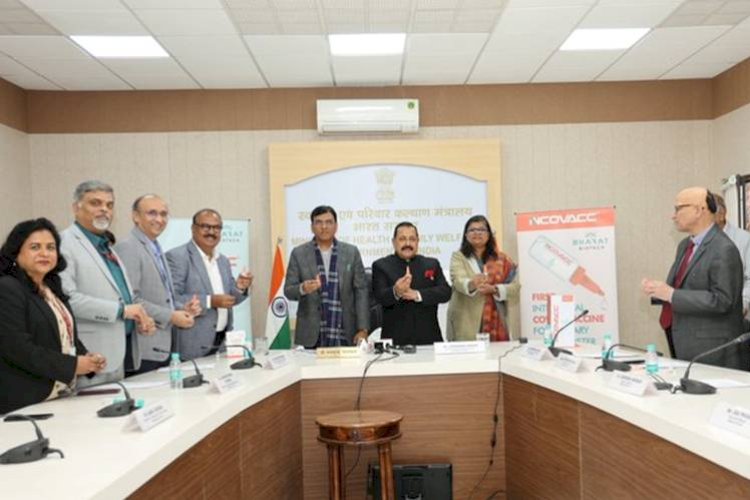
नेजल वैक्सीन शुरुआत में प्राइवेट अस्पतालों में लगेगी। इस वैक्सीन को सरकार ने भारत के कोविड 19 वैक्सी

दुनिया भर के देशों में भारत के लोगों में विटामिन डी (vitamin D) की कमी सबसे अधिक पायी गयी है। आंकड़ो

रूस में फ्लू वायरस की महामारी की बढ़ने के दौरान इसका पता चला है। उपभोक्ता अधिकार संरक्षण और मानव कल्

छात्रों ने प्रशासन से कुछ मांगे रखी है। पहली तो अब तक ली गई फीस वापस हो। छात्रों को किसी अन्य कालेज

अच्छी सेहत के लिए स्वास्थ्य (Health) के प्रति लोगों में सजगता बढ़ी है। लोग न्यूट्रिशन के लिए प्रतिदि

डेंगू मरीजों से निजी पैथोलाजी सेंटर और प्राइवेट अस्पताल मनमानी फीस न वसूल सकें इसके लिए चिकित्सा एवं

भारत में कोरोना के नए मरीजों के मिलने की रफ्तार तेज होती जा रही है। कोरोना के सक्रिय मामलों ने भी सर

COMMENTS